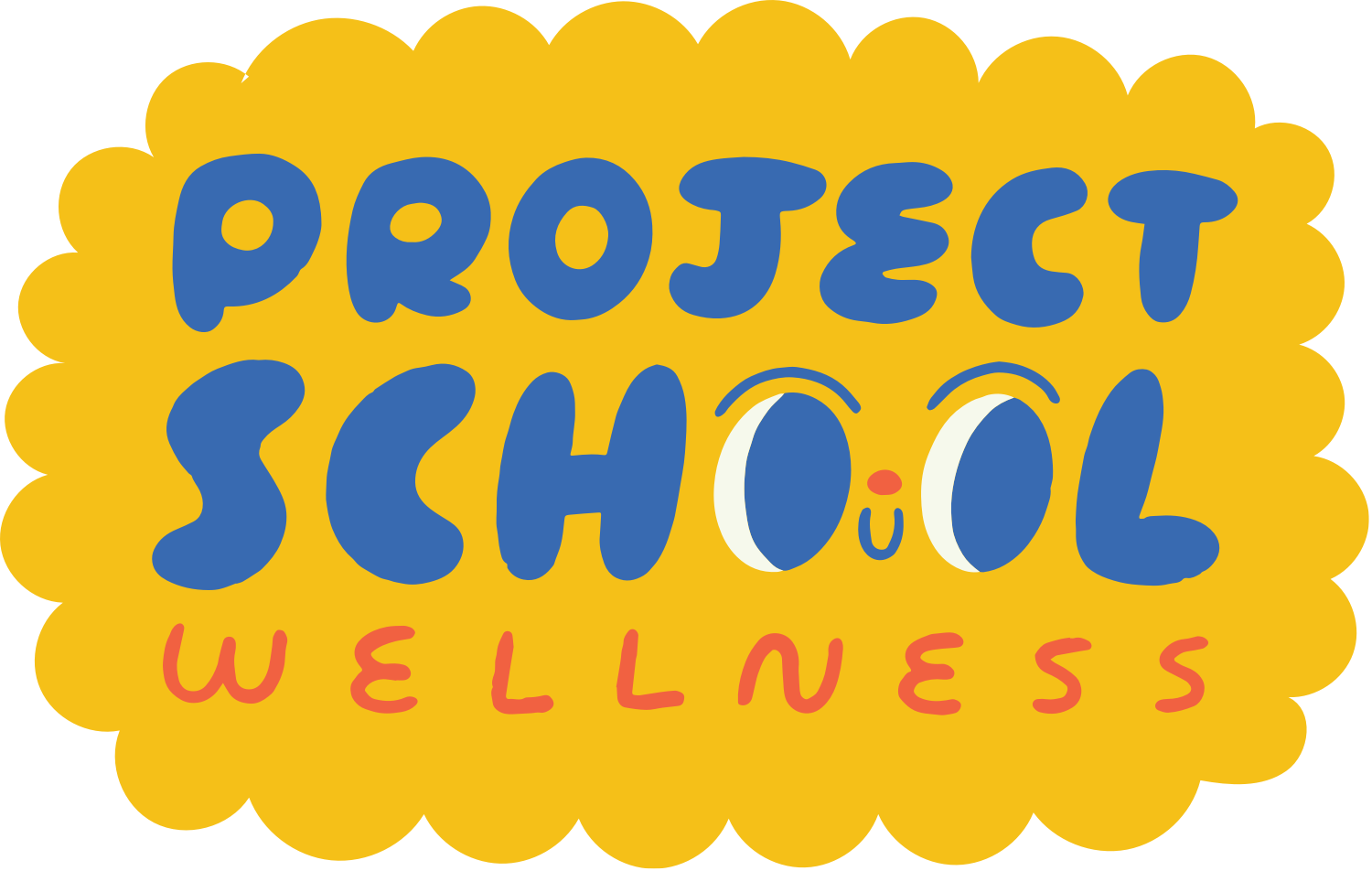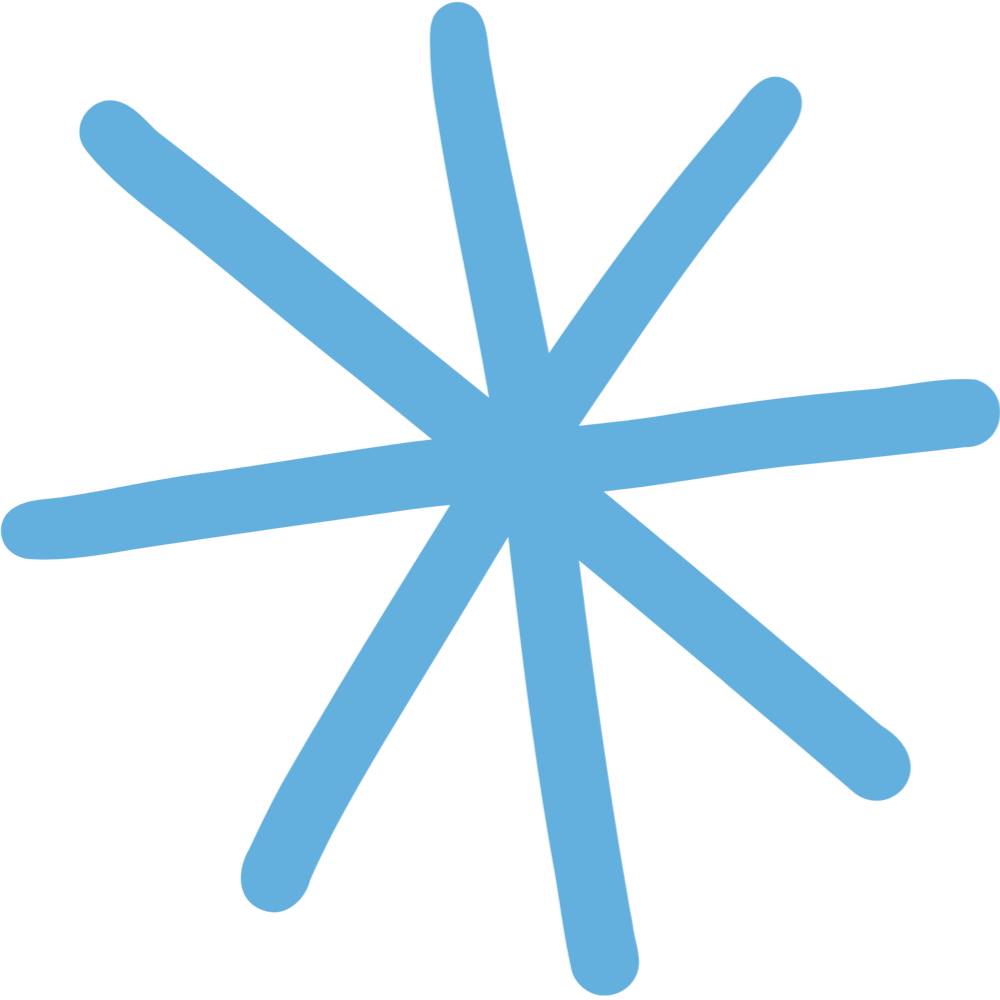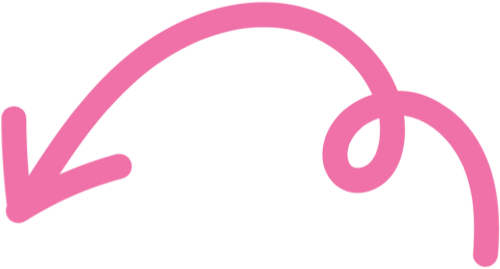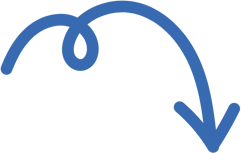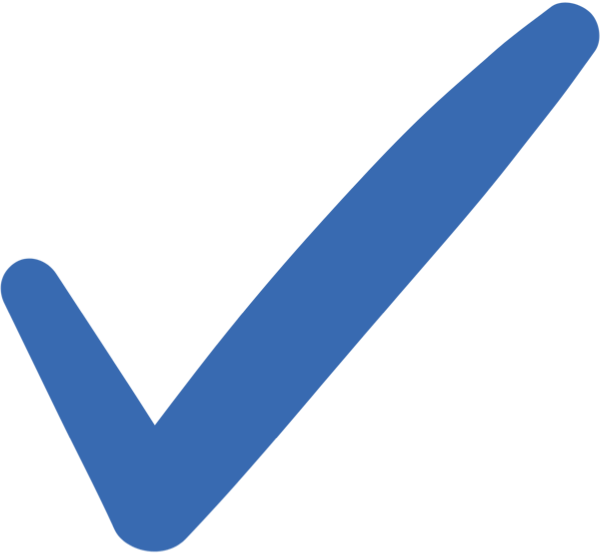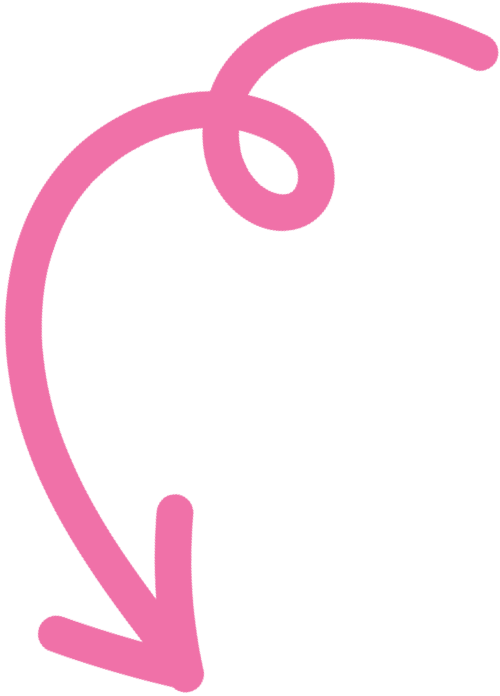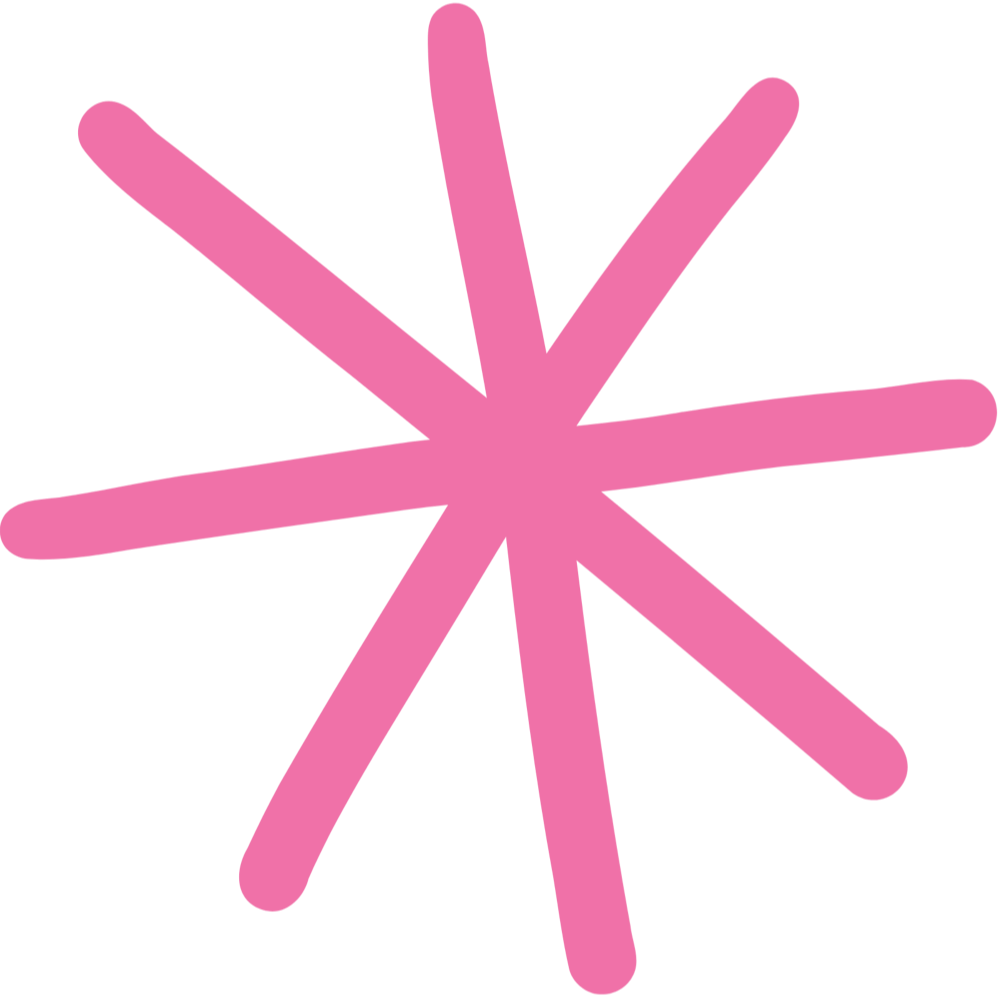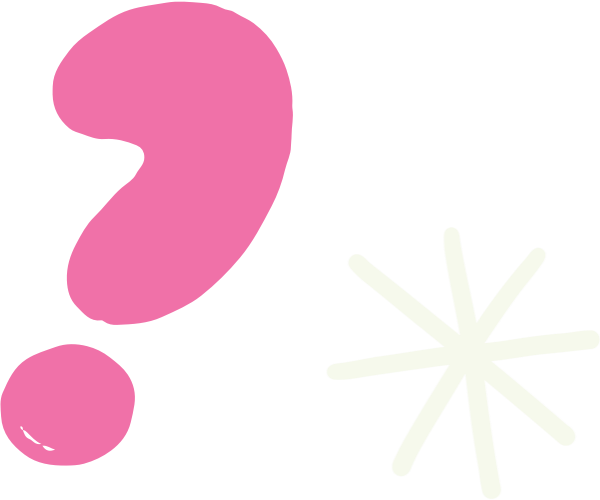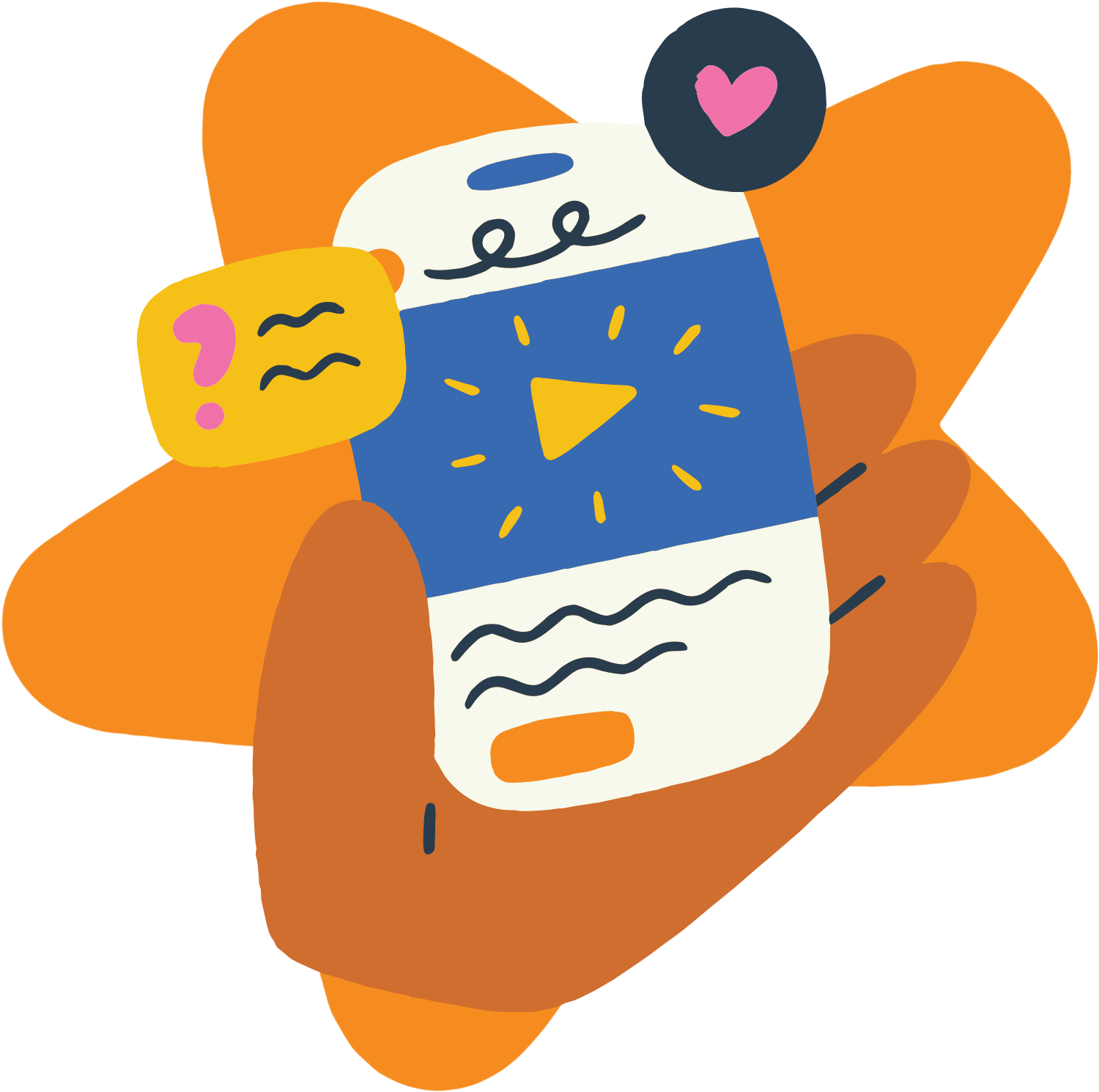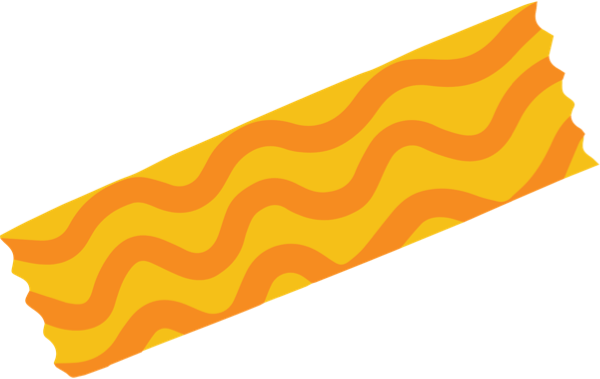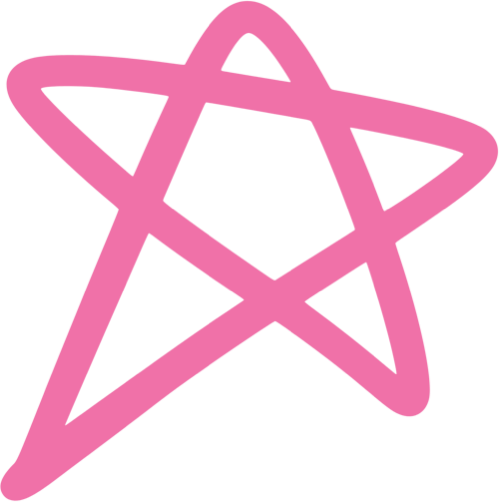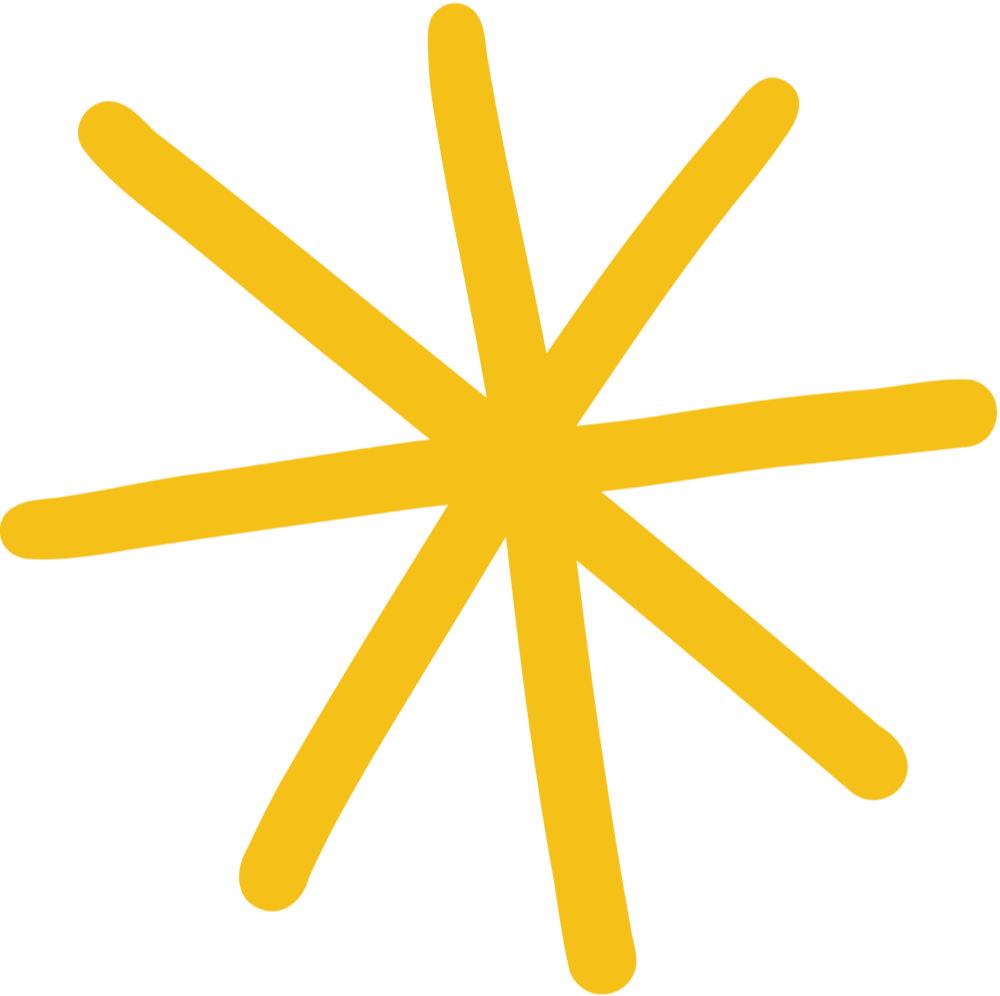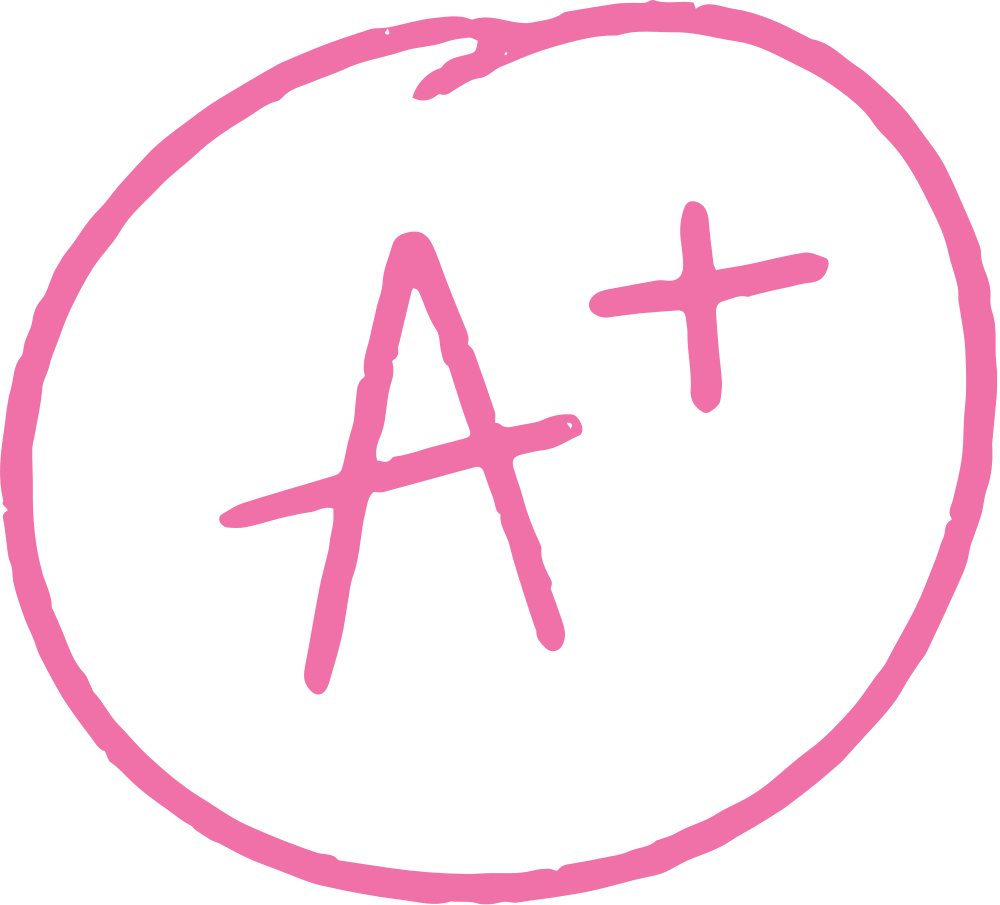
How to Teach the Dimensions of Health
Social Health
Social health is all about connection. It means having healthy friendships, feeling a sense of belonging, and being part of a supportive community.
Easy Social Health Teaching Activities:
Start Here!
This Social Health Teaching Guide is your go-to resource for teaching social health and socio-emotional learning as part of a comprehensive, skills-based health education program. It includes a clear, student-friendly social health definition and helps teachers explain what social health is. Aligned with SHAPE America’s National Health Education Standards and the CASEL Framework for Social & Emotional Learning, the guide features done-for-you lesson plans, engaging activities, and Project School Wellness skill cues like TALK, TOOLS, STOP, NOPE, and COLLAB. Whether you're teaching students to communicate with compassion, set boundaries, manage conflict, or looking for a healthy relationships curriculum, this guide makes teaching social health clear, engaging, and impactful.
Table of Contents:
Grade-Level Specific Teaching Ideas →
SHAPE Health Standards and Skills →
An Introduction to Teaching Social health
Let’s start with
The Basics
Also available: signature health guides for parents and students to support health learning at home and in class.
For Students → For Parents →
What is Social Health Education?
Social health is one of the original six dimensions of health featured in the Wellness Wheel, identified by Dr. Bill Hettler, co-founder of the National Wellness Institute. It focuses on building meaningful relationships, developing strong communication skills, and cultivating a sense of belonging and connection to others. Social health education and a healthy relationship curriculum helps students learn how to make and maintain friendships, navigate conflict, set boundaries, and support others in healthy ways. By exploring what is meant by social & emotional learning in the classroom, educators empower students to feel seen, valued, and supported.
Why Social Health Matters
Connection and Belonging are Essential to Well-being
Humans are wired for connection. When students feel supported, included, and valued, their emotional, mental, and even physical health improves.
Relationships are Everywhere, Learning How to Navigate Them is Vital
From school to future workplaces to family life, relationships shape every part of our lives. Social health education equips students with the skills to build, maintain, and repair relationships in healthy ways.
Relationships Aren’t Always Easy, Even in a Crowd, We Can Feel Disconnected
Being surrounded by people doesn’t guarantee connection. That’s why students need intentional opportunities to learn how to communicate, collaborate, and create meaningful relationships that truly support their well-being.
K - 12 social Health Education Teaching Progression
Grade-Specific Social Health Teaching Ideas
Explore K-12 grade-specific social health and social-emotional learning teaching ideas. Each guide provides health teachers with clear standards-based learning objectives, essential functional knowledge, engaging teaching activities, and meaningful project-based learning assessment ideas. You’ll find everything you need to deliver impactful, developmentally-appropriate social health education and boost health literacy.
-

Learning Objectives
Social health and social-emotional learning objectives clearly define what students will know and be able to do as a result of each lesson. These objectives focus on developing functional health knowledge, building understanding related to the dimensions of health, and applying essential health skills to real-life situations. Every objective is designed to align with the SHAPE America National Health Education Standards and the CASEL Framework for Social & Emotional Learning, ensuring that instruction is comprehensive, skills-based, and leads to increased health literacy and promotes lifelong well-being
The Goal: Build foundational social awareness by exploring what it means to be a good friend, how to communicate with kindness, and the importance of belonging to a community.
✅ Learn what it means to be a good friend and how to show care, empathy, and respect in friendships.
→ Related SHAPE America Standard: #1 Build and Apply Functional Knowledge and #4 Interpersonal Communication
✅ Identify the communities they are part of (family, class, school, teams) and reflect on how these connections make them feel.
→ Related SHAPE America Standard: #1 Build and Apply Functional Knowledge
✅ Practice basic communication skills such as active listening, sharing feelings, saying sorry, and resolving small conflicts.
→ Related SHAPE America Standard: #4 Interpersonal Communication and #7 Practice Health-Enhancing Behaviors
-

Functional Knowledge
Functional knowledge refers to the essential health concepts elementary students need to understand in order to build awareness of how social health and social & emotional learning shows up in their lives. This knowledge helps students make enriching choices and lays the foundation for managing this aspect of their well-being with intention and confidence.
To build strong social health, students need to develop a foundational understanding of friendship, empathy, belonging, and basic communication tools they can use every day.
💡 What It Means To Be A Good Friend
Students learn that good friends are kind, trustworthy, and respectful. They explore the importance of empathy and what it looks like to care about how others feel.💡 What A Community Is And What It Means To Belong
Students identify different communities they’re part of (family, class, neighborhood) and reflect on how belonging makes them feel safe, included, and supported.💡 What It Means To Actively Listen
Students practice listening with their whole body, making eye contact, staying quiet while others talk, and showing they care about what’s being said.💡 How To Say Sorry And Repair Relationships
Students learn how to take responsibility for their actions, offer sincere apologies, and begin repairing hurt feelings or misunderstandings.💡 How To Resolve Simple Conflicts
Students explore healthy ways to handle disagreements, including using “I” statements, taking turns talking, and finding fair solutions together. -
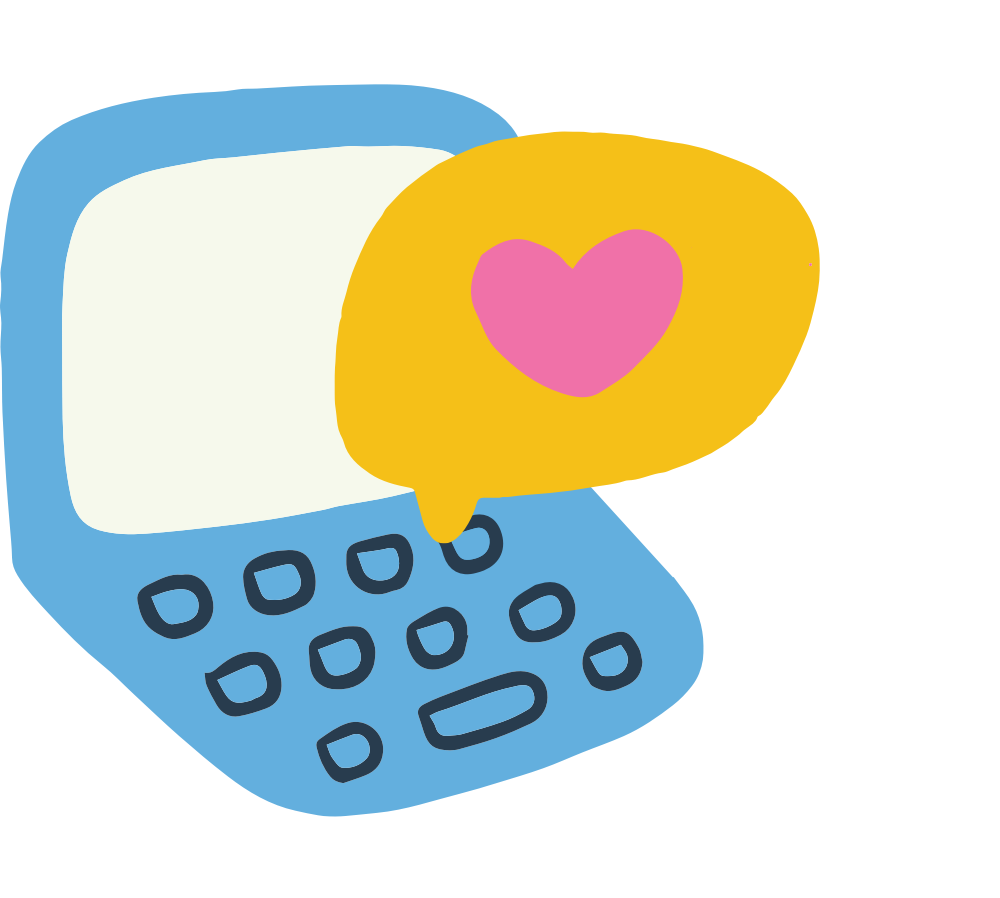
Activities
Activities are health education learning engagements that help students explore, interact with, and build deeper understanding of social emotional learning and social health. Each learning activity is designed to support a skills-based health approach and provide meaningful opportunities for students to explore the functional knowledge and practice the health skills.
These engaging and hands-on activities help students explore friendship, belonging, and basic communication skills by practicing them in real-life, relatable ways.
🔎 Good Friend vs. Not-So-Good Friend Sorting
Students review simple scenarios or behavior cards and sort them into two categories: “Good Friend” and “Not-So-Good Friend.” Follow up with a discussion on what makes someone a trustworthy, kind, and respectful friend.
→ Connects to: What it means to be a good friend, what is empathy and respect
🔎 My Community Flipbook
Students create a flipbook with pages for each community they belong to (e.g., family, classroom, sports team, neighborhood). On each page, they draw or write about what that community is and why it matters to them.
→ Connects to: What a community is and what it means to belong
🔎 Active Listening Charades
In partners or small groups, one student shares a short story or thought while the other practices active listening. Then they switch roles. The class reflects on how it feels to be really listened to.
→ Connects to: What it means to actively listen
🔎 How to Say Sorry: Sequencing Activity
Students work with cut-out cards showing steps for a meaningful apology (e.g., notice the hurt → take responsibility → say sorry → offer to make it right). They put the cards in order and act it out using simple scripts.
→ Connects to: How to say sorry🔎 Tools to Work It Out - Conflict Scenarios
Using short, relatable conflict scenarios (e.g., someone skips you in line), students practice using conflict resolution tools like “I” statements, calm breathing, taking turns, or asking a teacher for help.
→ Connects to: How to resolve simple conflicts -

Assessments
These social-emotional learning project-based learning assessments are designed to measure both what elementary students understand and how well they can apply their functional health knowledge and health skills in meaningful, real-world ways. Each health assessment idea aligns with the SHAPE America National Health Education Standards and the CASEL Framework for Social & Emotional Learning offers students a practical, hands-on learning experience. By actively using health skills to navigate realistic scenarios, students demonstrate their ability to think critically, make informed decisions, and take ownership of their well-being.
These creative and reflective assessments allow students to demonstrate their understanding of friendship, community, communication, and conflict resolution in ways that are personal, age-appropriate, and skills-based.
📚“How to Be a Good Friend” Recipe Card
Students create a recipe card that lists the “ingredients” for being a good friend (e.g., kindness, honesty, listening) and simple “instructions” for how to show up for others.
→ Assesses understanding of empathy, respect, and friendship qualities (SHAPE America Standards #1 and #4)
📚Community Gallery Walk: Model & Reflection
Students build a small model or visual (drawing, diorama, or cut-and-paste poster) representing one community they belong to. During a gallery walk, they share how that community makes them feel, think, and act.
→ Assesses understanding of community and belonging (SHAPE America Standard #1 and #4)
📚Active Listening Self-Report Card
After a peer conversation or class presentation, students complete a quick self-assessment on how well they practiced active listening skills (e.g., eye contact, not interrupting, remembering what was shared).
→ Assesses ability to apply communication skills (SHAPE America Standard #4)
📚Apology Response Scenario
Students read or listen to a short scenario involving hurt feelings or a misunderstanding. Then, they write or act out an apology that includes taking responsibility, expressing empathy, and offering to make it right.
→ Assesses understanding of apologies and repairing harm (SHAPE America Standards #4 and #7)
📚Conflict Resolution Flowchart or Spinning Wheel
Students create a visual flowchart or spinning decision wheel showing the steps they can take to resolve a conflic, like walking away, using “I” statements, taking turns, or asking for help.
→ Assesses understanding of how to resolve simple conflicts (SHAPE America Standards #4 and #7)
-

Learning Objectives
Social health and social-emotional learning objectives clearly define what middle school students will know and be able to do as a result of each lesson. These objectives focus on developing functional health knowledge, building understanding related to the dimensions of health, and applying essential health skills to real-life situations. Every objective is designed to align with the SHAPE America National Health Education Standards and the CASEL Framework for Social & Emotional Learning, ensuring that instruction is comprehensive, skills-based, and leads to increased health literacy and promotes lifelong well-being
The Goal: Deepen awareness of social dynamics, explore how communication and boundaries impact relationships, and build confidence navigating social challenges.
✅ Identify the difference between healthy and unhealthy friendships and how relationships impact overall well-beings.
→ Related SHAPE America Standard: #1 Build and Apply Functional Knowledge and #4 Interpersonal Communication
✅ Learn and apply communication strategies to set boundaries, express needs, and handle peer pressure.
→ Related SHAPE America Standard: #4 Interpersonal Communication and #5 Decision Making
✅ Recognize bullying behaviors (in person and online) and learn how to report, respond, and support peers.
→ Related SHAPE America Standard: #1 Functional Knowledge and #8 Advocacy
-

Functional Knowledge
Functional knowledge refers to the essential health concepts middle school students need to understand in order to build awareness of how social health and social & emotional learning shows up in their lives. This knowledge helps students make enriching choices and lays the foundation for managing this aspect of their well-being with intention and confidence.
To support healthy social development, middle school students need to deepen their understanding of relationship dynamics, boundary-setting, and how to navigate challenging social situations with confidence and care.
💡 The Difference Between Healthy And Unhealthy Friendships; How Relationships Impact Well-Being
Students learn to identify key traits of healthy (e.g., supportive, respectful, safe) and unhealthy (e.g., controlling, one-sided, harmful) relationships. They explore how these relationships influence emotional, mental, and even physical health.
💡 What A Boundary Is And How To Express It
Students learn that a boundary is a personal limit, physical, emotional, material, or social. They practice identifying their boundaries and communicating them clearly and respectfully.
💡 What Bullying Is And How To Respond When It Happens
Students learn how to define bullying, including verbal, physical, relational, and cyberbullying, and understand the difference between conflict and bullying. They explore strategies for standing up for themselves and others, reporting bullying, and accessing support.
-

Activities
Activities are learning engagements that help students explore, interact with, and build deeper understanding of the topic. Each activity is designed to support skills-based learning and provide meaningful opportunities for students to practice and apply what they’re learning.
🔎 Relationship Rating Scale: Green, Yellow, Orange, Red.
Students are given short relationship scenarios (friendships, peer dynamics, early dating examples). Using a color-coded scale, they rate each scenario. Students discuss their reasoning in small groups or reflect in writing.Green – Healthy and supportive
Yellow – Could be improved, watch for patterns
Orange – Concerning behavior present
Red – Unsafe, controlling, or harmful
→ Connects to: Healthy vs. unhealthy relationships and their impact on well-being
🔎 Boundary Defining with Red Light, Yellow Light, Green Light
To introduce the idea of boundaries, students respond to neutral topics like food, music, or social activities. For each category, they write:Red Light – Hard no (I won’t eat, do, or try this)
Yellow Light – Sometimes okay or depends on the situation
Green Light – Absolutely comfortable or enjoy this
After practicing with safe topics, the class reflects on how boundaries work in relationships
→ Connects to: What a boundary is and how to express it
🔎 Bullying vs. Conflict Sorting Challenge
Students read scenarios and sort them into “Bullying” or “Conflict” based on key criteria (power imbalance, repetition, intent to harm). Discuss how the responses should differ for each.
→ Connects to: What bullying is and how to respond -

Assessments
These social-emotional learning project-based learning assessments are designed to measure both what middle school students understand and how well they can apply their functional health knowledge and health skills in meaningful, real-world ways. Each health assessment idea aligns with the SHAPE America National Health Education Standards and the CASEL Framework for Social & Emotional Learning offers students a practical, hands-on learning experience. By actively using health skills to navigate realistic scenarios, students demonstrate their ability to think critically, make informed decisions, and take ownership of their well-being.
📚Relationship Report Card + Action Plan
Students evaluate several fictional peer or dating relationships using a “report card” format. They assess qualities like respect, communication, trust, boundaries, and support. For each scenario, they write a short plan for how they would navigate the relationship, whether it’s strengthening it, setting boundaries, or ending it.
→ Assesses understanding of healthy vs. unhealthy relationships and practical decision-making (SHAPE America Standards #1, #4, and #5)
📚Boundary Bubble Visual + Expression Practice
Students create a “Boundary Bubble” diagram with labeled sections showing different types of boundaries (physical, emotional, material, digital, time-related). Inside the bubble: things they’re comfortable with; outside the bubble: things that cross a line. Then they practice or write sample scripts for how they would express one of their boundaries.
→ Assesses ability to identify and express personal boundaries (SHAPE America Standards #1, #4, and #8)
📚Bullying Peer Advocacy Plan
Students choose a bullying scenario and create an authentic advocacy response. This could be a short skit, a social media-style post, a speech, or a classroom PSA. The focus: how to support a peer, safely intervene, or report the behavior.
→ Assesses understanding of bullying and ability to advocate for self and others (SHAPE America Standards #1 and #8)
-

Learning Objectives
Social health and social-emotional learning objectives clearly define what high school students will know and be able to do as a result of each lesson. These objectives focus on developing functional health knowledge, building understanding related to the dimensions of health, and applying essential health skills to real-life situations. Every objective is designed to align with the SHAPE America National Health Education Standards and the CASEL Framework for Social & Emotional Learning, ensuring that instruction is comprehensive, skills-based, and leads to increased health literacy and promotes lifelong well-being
The Goal: Navigate complex social situations with empathy, confidence, and advocacy by practicing real-life relationship skills.
✅ Analyze healthy versus unhealthy relationship dynamics, including dating, friendships, and peer interactions.
→ Related SHAPE America Standards: #1 Functional Knowledge and #4 Interpersonal Communication.
✅ Strengthen communication and collaboration skills to handle conflict and collaboration, work with individuals and in groups, and build mutual respect.
→ Related SHAPE America Standards: #4 Interpersonal Communication and #7 Practice Health-Enhancing Behaviors
✅ Explore bullying, discrimination, and exclusion, and learn how to advocate for equity, safety, and belonging.
→ Related SHAPE America Standard: #4 Interpersonal Communication and #8 Advocacy
-

Functional Knowledge
Functional knowledge refers to the essential health concepts high school students need to understand in order to build awareness of how social health and social & emotional learning shows up in their lives. This knowledge helps students make enriching choices and lays the foundation for managing this aspect of their well-being with intention and confidence.
To support their social health, high school students need a deeper understanding of relationship dynamics, collaboration, and harmful social patterns like bullying and discrimination. This knowledge helps them build respectful relationships, work effectively with others, and advocate for a safe and inclusive community.💡 What healthy dating relationships look like and what influences how we perceive them
Students learn the characteristics of healthy dating relationships, such as mutual respect, trust, clear communication, and boundaries, and explore how media, peer pressure, and cultural norms can shape their expectations and behaviors.
→ Connects with SHAPE America Standards #1 Functional Knowledge, #2 Analyzing Influences, #4 Interpersonal Communication, and #7 Practice Health-Enhancing Behaviors💡 What collaboration means and when/why we need to collaborate
Students explore the core skills of effective collaboration (listening, contributing ideas, navigating disagreement) and reflect on when and why collaboration is essential, in school, relationships, work, and community life.
→ Connects with SHAPE America Standards #4 Interpersonal Communication and #7 Practice Health-Enhancing Behaviors
💡 What bullying, discrimination, and exclusion are, and how to recognize them
Students learn the difference between conflict, bullying, and discrimination. They explore how these behaviors impact well-being and reflect on how to respond as upstanders, advocates, and inclusive community members.
→ Connects with SHAPE America Standards #1 Functional Knowledge, #2 Analyzing Influences, #4 Interpersonal Communication and #7 Practice Health-Enhancing Behaviors, and #8 Advocacy -

Activities
Activities are health education learning engagements that help students explore, interact with, and build deeper understanding of social emotional learning and social health. Each learning activity is designed to support a skills-based health approach and provide meaningful opportunities for students to explore the functional knowledge and practice the health skills.
🔎 Dating Dynamics Rating Scale: Green, Yellow, Orange, Red
Students are given real-life dating and situationship scenarios and use a color-coded scale to rate each one:Green – Respectful, supportive, and healthy
Yellow – Needs attention, could become problematic
Orange – Concerning patterns or warning signs present
Red – Clearly unhealthy, unsafe, or controlling
Students discuss their ratings in small groups, reflect on how to recognize red flags, and brainstorm how someone might respond or seek help.
→ Connects to: Healthy vs. unhealthy dating relationships and their impact on well-being (SHAPE America Standards #1 and #4)🔎 TALK & COLLAB Skills Station Rotations
Students rotate through interactive communication and collaboration stations, practicing:TALK (communication skill cue): Think before speaking, Actively listen, Listen to learn, Keep it kind and respectful
COLLAB (collaboration skill cue): Clear roles, Open-mindedness, Listen actively, Leadership sharing, Accountability, Balanced participation
At each station, students work through mini-scenarios, role-plays, or challenges where they must apply these skills.
→ Connects to: General communication and teamwork in real-world settings (SHAPE America Standards #4 and #7)
🔎 Social Climate Scavenger Hunt
In small groups or individually, students complete a scavenger hunt around school, media, or online spaces to identify examples of bullying, discrimination, and exclusion. They collect evidence (quotes, actions, observations) and debrief with a class discussion on how these behaviors show up, who is impacted, and how to respond.
→ Connects to: Recognizing and responding to harmful social dynamics (SHAPE America Standards #4 and #8) -

Assessments
These social-emotional learning project-based learning assessments are designed to measure both what high school students understand and how well they can apply their functional health knowledge and health skills in meaningful, real-world ways. Each health assessment idea aligns with the SHAPE America National Health Education Standards and the CASEL Framework for Social & Emotional Learning offers students a practical, hands-on learning experience. By actively using health skills to navigate realistic scenarios, students demonstrate their ability to think critically, make informed decisions, and take ownership of their well-being.
📚Unhealthy Relationship PSA + Collaboration ReflectionIn small groups, students create a public service announcement (video, audio, poster series, or social media campaign) that raises awareness about unhealthy dating dynamics and how to recognize red flags.
The PSA must include signs of unhealthy behavior, suggestions for support or help-seeking, and an empowering message.
After the PSA is completed, each student completes a Collaboration Reflection analyzing their own role, communication efforts, and how the team applied the COLLAB skills.
→ Assesses understanding of healthy vs. unhealthy dating relationships and ability to collaborate effectively (SHAPE Standards #1, #2, #4, and #8)
📚Bullying, Discrimination, and Exclusion Advocacy Project + Collaboration JournalStudents work in small groups to create an advocacy project to have a school or community policy/procedure changed that identifies and addresses bullying, discrimination, or exclusion in their school or community.
The project should include real examples, a clear plan for change, and a call to action.
Each student keeps a Collaboration Journal documenting how they contributed, how the team handled challenges, and what collaboration skills they practiced.
→ Assesses understanding of harmful social dynamics and ability to advocate and collaborate (SHAPE Standards #1, #2, #4, #7, and #8)
-
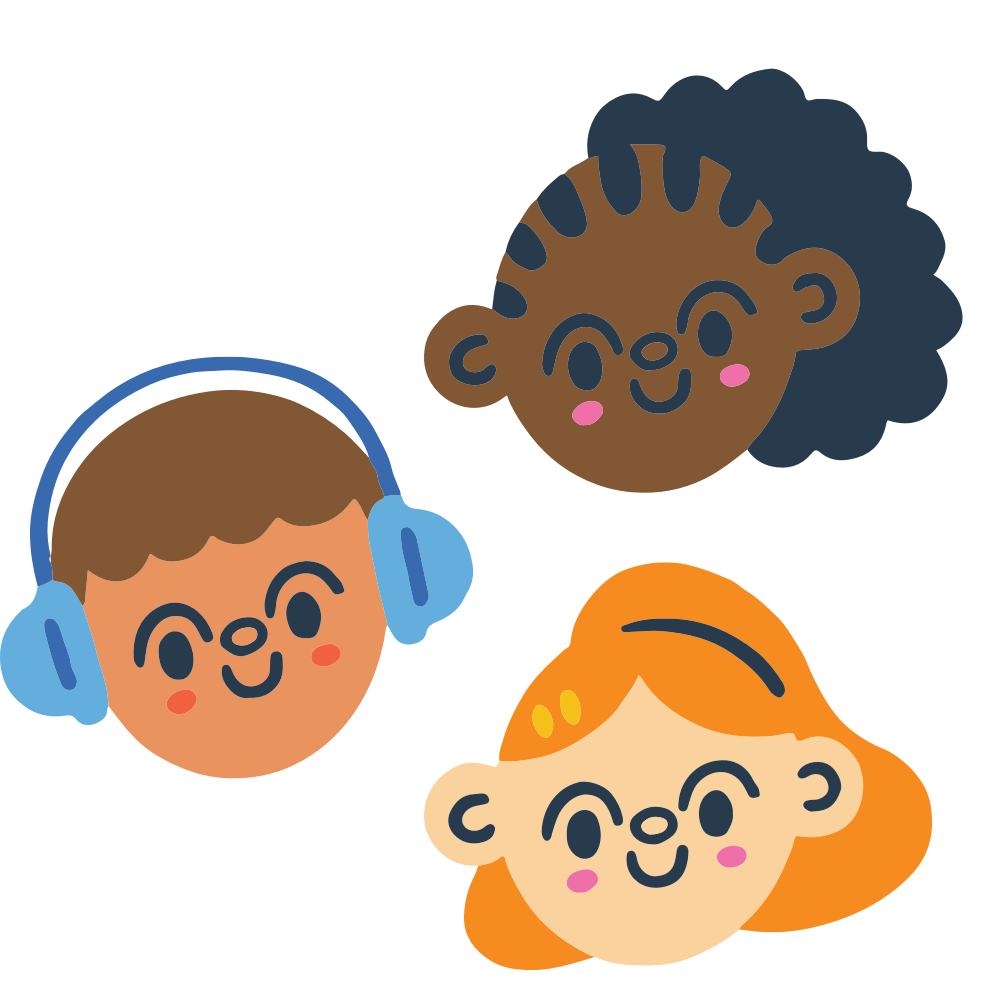
For Students
Discover a catalog of teen health guides packed with essential healthy living tools. Each health guide features topic overviews, self-assessment check-ins, red flag indicators, actionable resources, and more to help students take charge of their health and well-being.
-
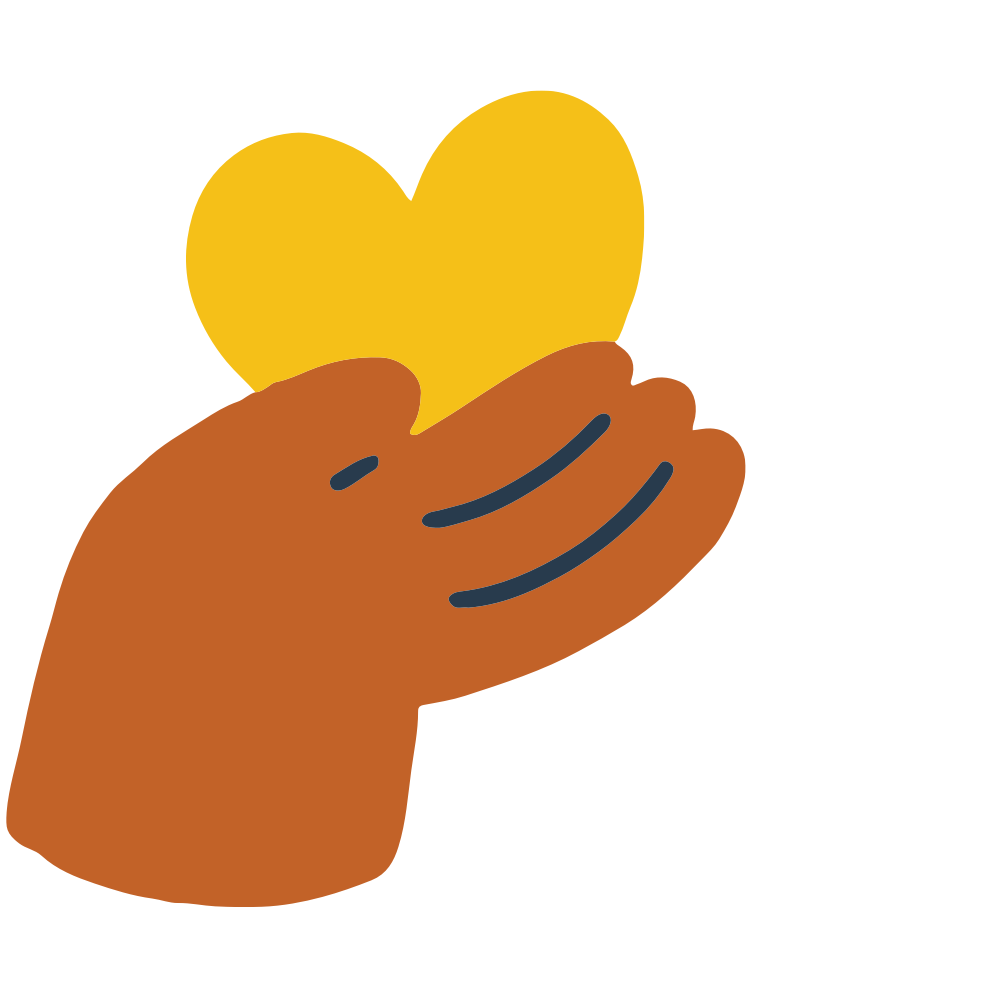
For Parents
The ultimate guide for parents to raise healthy kids, foster open communication, and become their child’s trusted go-to adult. Discover our parent health guides filled with conversation starters, topic overviews, curated resources, and practical tools to confidently support your child’s health and well-being.
how to Teach the SHAPE america Standards
Social Health Teaching Ideas Connected to SHAPE America Standards
Explore the health skills table below to discover teaching ideas for health teachers that connect social health education and social & emotional learning to SHAPE America National Health Education Standards and the CASEL Framework for Social & Emotional Learning. By linking social health lessons to health skills like decision-making, self-management, and analyzing influences, health teachers can create meaningful, skills-based learning experiences that help students develop financial health awareness for themselves and others while building health literacy.
-
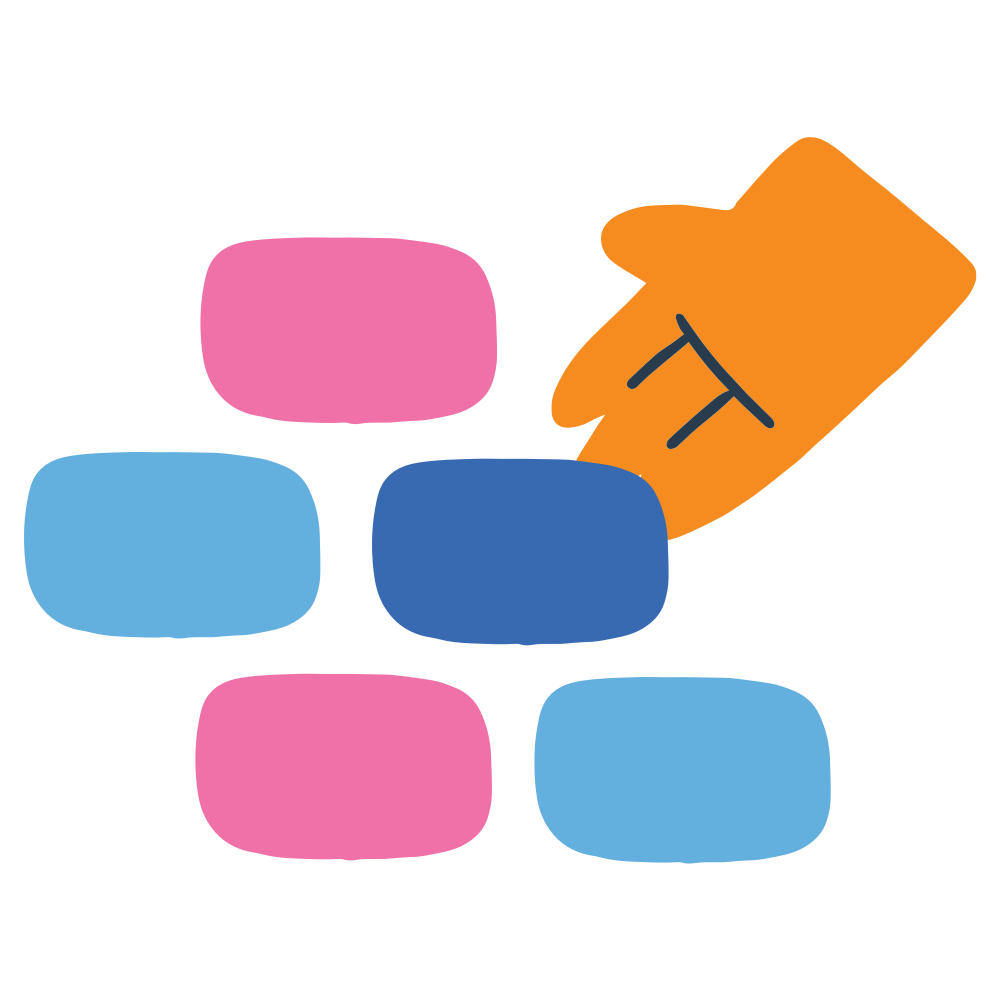
Building and Applying Functional Knowledge
SHAPE America Standards #1
Learning and Using Health Knowledge
-

Analyzing Influences
SHAPE America Standards #2
See What Shapes How You Feel, Think, and Act
-
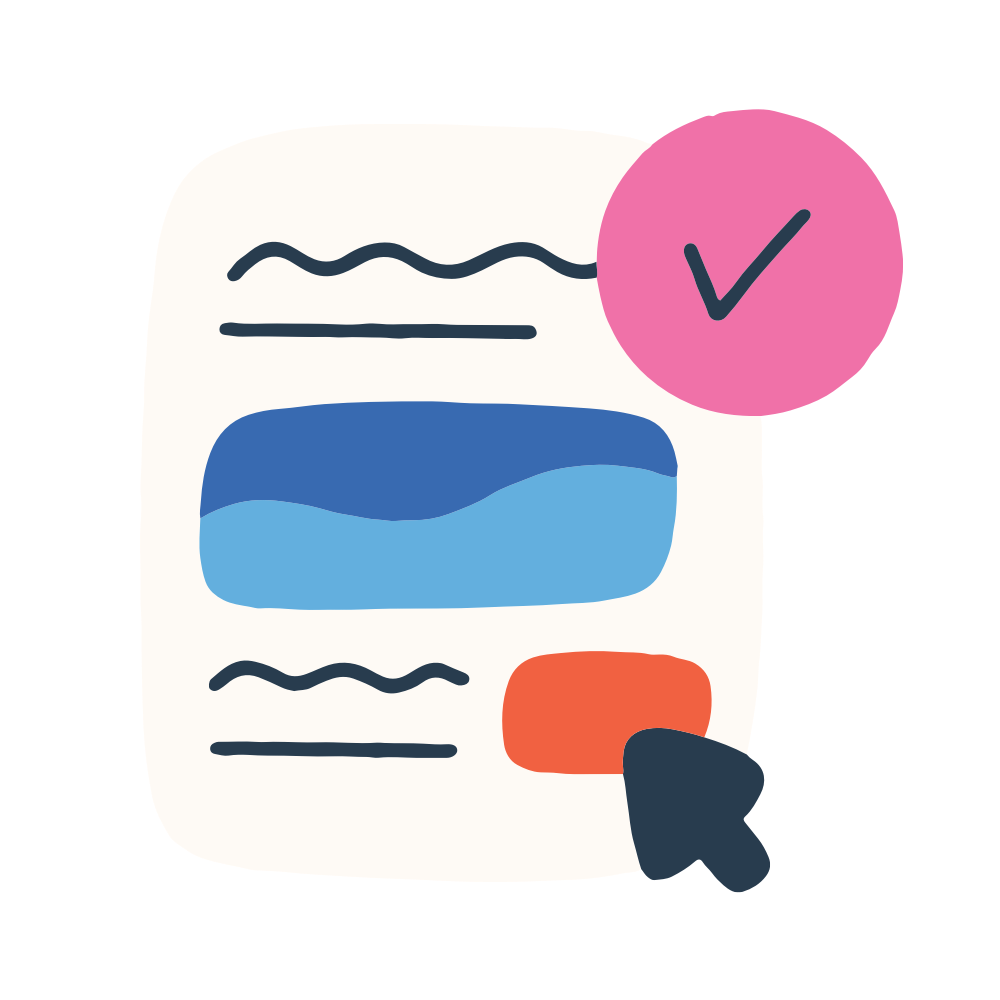
Accessing Resources
SHAPE America Standards #3
Find Valid Health Info & Services
-

Interpersonal Communication
SHAPE America Standards #4
Communicate Effectively
-
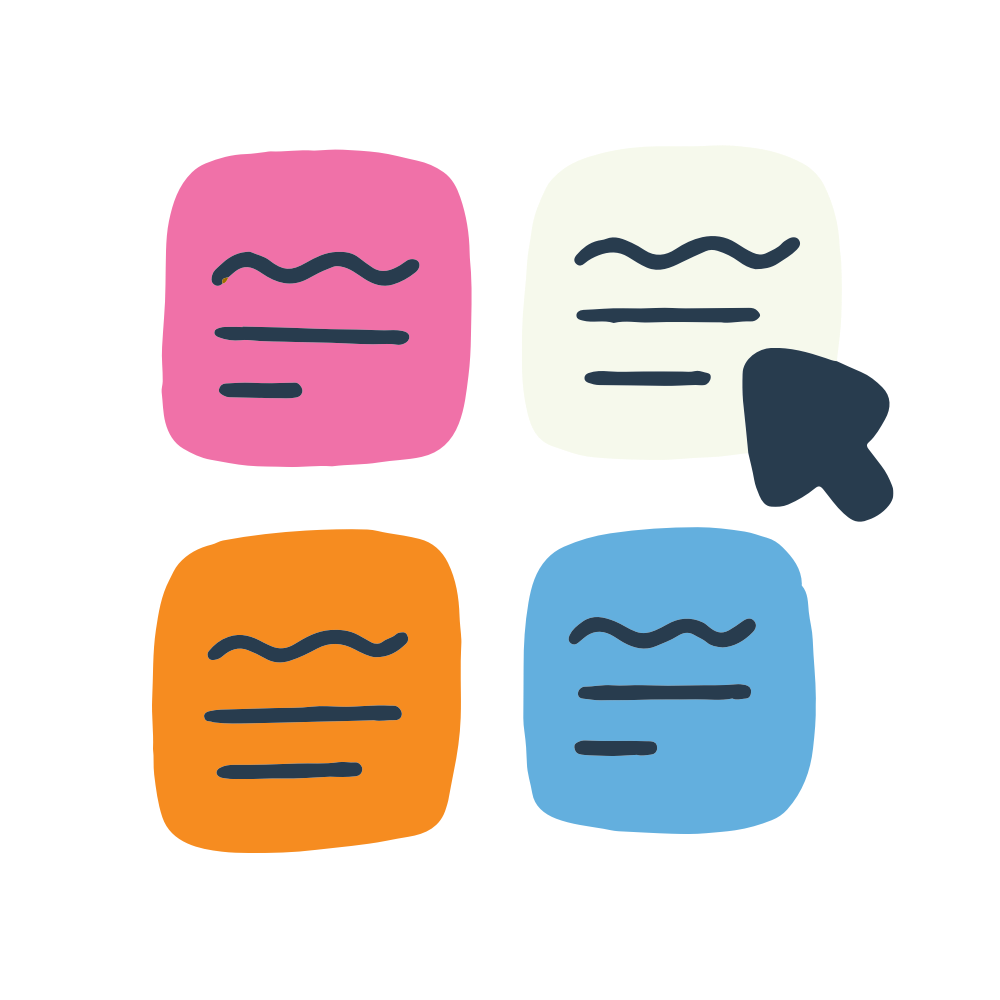
Decision Making
SHAPE America Standards #5
Make Enriching Health Choices
-

Goal Setting
SHAPE Standard #6
Set and Reach Health Goals
-
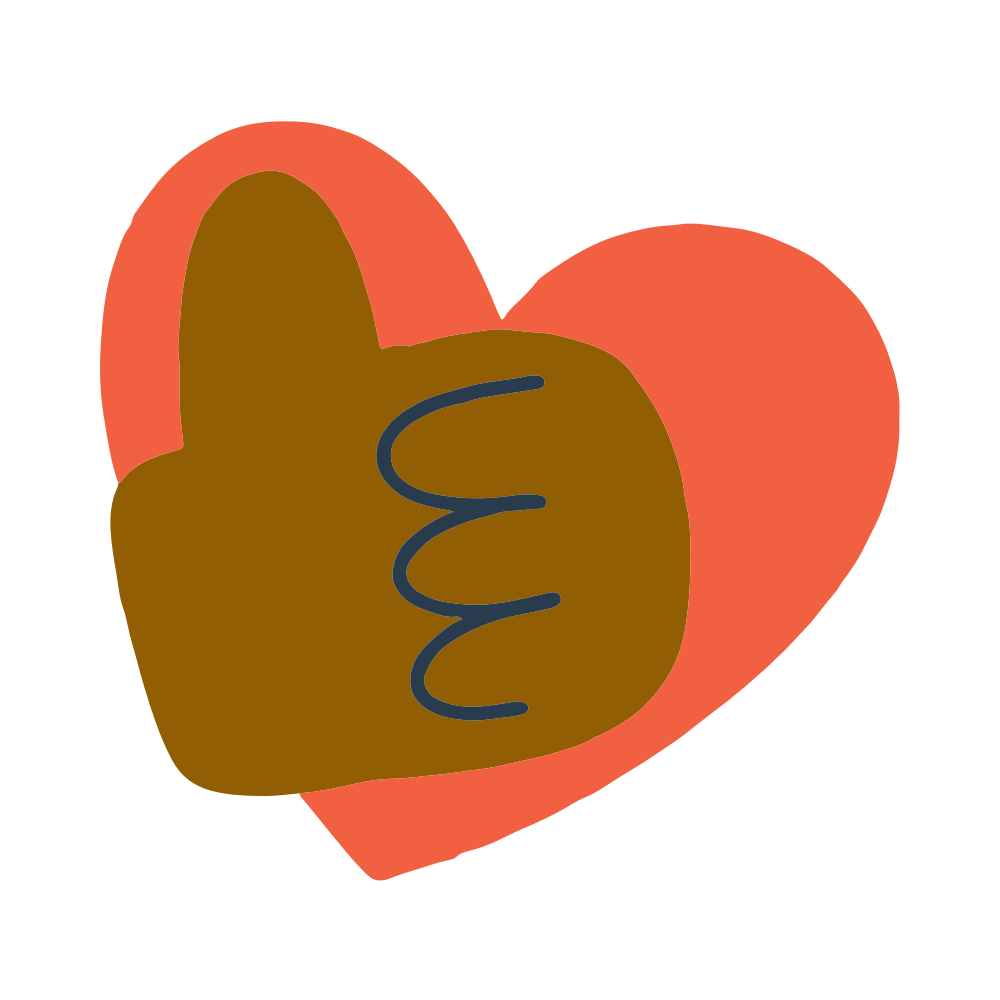
Practice Health Enhancing Behaviors
SHAPE Health Standard #7
Take Care of Your Well-being
-

Advocacy
Health Standard #8
Speak Up for Health
How Building and Applying Functional Knowledge Connects to Social Health & Social-Emotional Learning:
To build strong social health, students need foundational knowledge about relationships, what makes them healthy, what makes them harmful, and who they can turn to for help.
Build and Apply Functional Knowledge Teaching Ideas: Social Health & Social-Emotional Learning
Relationship Rating Scale: Green, Yellow, Orange, Red.
Students are given short relationship scenarios (friendships, peer dynamics, early dating examples). Using a color-coded scale, they rate each scenario. Students discuss their reasoning in small groups or reflect in writing.Green – Healthy and supportive
Yellow – Could be improved, watch for patterns
Orange – Concerning behavior present
Red – Unsafe, controlling, or harmful
Good vs. Not-So-Good Friends Sort
Sort examples of how good and not-so-good friends make them feel.Scenario Analysis
Read short friendship scenarios and identify if the relationship is healthy or unhealthy.
How Analyzing Influences Connects to Social Health & Social-Emotional Learning:
Friends, classmates, teammates, and online connections have a huge influence on how students feel, think, and act. This skill helps them become more aware of those influences and their impact.
Analyzing Influences Teaching Ideas: Social Health & Social-Emotional Learning
Analyzing Influences Teaching Ideas: Social Health & Social-Emotional Learning
Feel/Think/Act Peer Analysis
Choose a peer group and break down how they influence emotions, thoughts, and behaviors.Influence Map
Choose a friend and trace the specific ways they’ve influenced your choices.Influence Report Card
Evaluate how different relationships support or challenge well-being.
How Accessing Valid Resources Connects to Social Health & Social-Emotional Learning:
When social situations become harmful or confusing, students need to know how to find help. This includes identifying red flags and knowing which trusted adults or services to turn to.
Accessing Resources Teaching Ideas: Social Health & Social-Emotional Learning
Relationship Red Flags
Identify warning signs of toxic or unsafe relationships.Toxic Scenario Analysis
Practice analyzing unhealthy situations and choosing support strategies.Trusted Adult Match
Match different social challenges with the appropriate resource or adult.
How Interpersonal Communication Skills Connect to Social Health & Social-Emotional Learning:
Communication is at the heart of connection and relationships. It helps students build friendships, repair harm, express needs, and show empathy.
Interpersonal Communication Teaching Ideas: Social Health & Social-Emotional Learning
Apology Role Play
Learn how to offer and receive meaningful apologies using step-by-step prompts.Build-a-Friend
Analyze different relationship qualities and traits to build your version of a good friend.How to Be a Good Friend Skits
Act out or storyboard what kindness and respect look like in friendships.
How Decision-Making Skills Connect to Social Health & Social-Emotional Learning:
Social health is impacted by the decisions we make, and our decisions are often influenced by peers. Teaching this skill helps students make thoughtful, values-based choices even when social pressure is strong.
Decision-Making Teaching Ideas: Social Health & Social-Emotional Learning
Peer Influence Mapping
Chart how different people influence your daily decisions.Social Scenario Sequencing
Work through real-world peer decision scenarios using the WISE model.Values-Based Choice Reflection
Reflect on a time you made a hard decision that protected your social health.
How Goal-Setting Connects to Social Health & Social-Emotional Learning:
Friends can encourage our growth or hold us back. Setting social goals helps students improve relationships, take social risks, and be the kind of friend they want to have.
Goal Setting Teaching Ideas: Social Health & Social-Emotional Learning:
Trusted Friend Check-In
Answer reflection questions from a friend’s perspective.Write a Social Health Goal
Create a goal that improves your connection, communication, or presence in relationships.Friendship Growth Plan
Set a plan to strengthen or repair a specific relationship.
How Self-Management Connect to Social Health & Social-Emotional Learning:
Managing your behaviors and emotions and practicing healthy habits in social situations is vital for maintaining positive relationships and staying true to yourself, even when things are hard.
Self-Management Teaching Ideas: Social Health & Social- Emotional Learning
Friendship Report Card
Reflect on your actions and how they impact your relationships.Roadblocks to Belonging
Identify what makes it hard to feel connected and brainstorm ways to overcome it.Recipe for Friendship
Design a metaphorical “recipe” of behaviors that build and maintain friendship.
How Advocacy Connects to Social Health & Social-Emotional Learning:
Social health grows when students learn to speak up for themselves and others, whether that’s setting boundaries or stepping in when they witness harm.
Advocacy Teaching Ideas: Social Health & Social-Emotional Learning
Self-Advocacy Mantras
Write a mantra students can use when they need to speak up.Social Climate Case Study
Analyze a real or hypothetical school issue and create an advocacy plan.Kindness Campaign
Plan and carry out a small project that improves social health at school.
Social Health Education VIDEOS
Youtube
Help students build strong relationships and improve communication skills with Project School Wellness’s Social Health video lessons.
Popular Social Health Videos for Health Teachers

Done-For-You
Lesson Plans
Social Health Lesson Plans
Learn how connection, communication, and healthy relationships shape a person’s well-being with Project School Wellness’s Social Health lesson plans.
-
Lesson #1: Why Relationships Matter
Lesson #2: What Makes a Relationship Good
Lesson #3: Skills We Need To Make Social Connections
Lesson #4: Social Skill: Communication
Lesson #5: Social Skill: Boundaries
Lesson #6: Relationship Red Flags
Lesson #7: Recognizing Harmful Relationships
Lesson #8: Bullying
Lessons #9: Navigating Toxic Relationships
Summative Activity: School Policy Change: Social Climate
-
Level 1: Social Health
Lesson #1: Social Health: My Relationships
Lesson #2: How to Be a Great Friend
Lesson #3: Healthy Habits for Making Friends
Level 2: Nurturing Healthy RelationshipsLesson #1: Reviewing Social Health
Lesson #2: Healthy v. Unhealthy Relationships
Lesson #3: Media Audit: Relationships
Level 3: Building Communication Skills
Lesson #1: Social Health & Happiness
Lesson #2: Social Life Satisfaction
Lesson #3: Communication Skills for Relationships
Lesson #4: Navigating Social Conflict

Curated Social Health education Resources
Social Health & Social-Emotional Learning Resources
-
Middle School Unit
High School Unit
Social Media Safety and Literacy
What is Consent? Mini Bundle
Healthy Relationships from the HS Sex Ed Unit
-
Coming Soon!
-
Coming soon!
Meet Project School Wellness
Your Go-To Partner in Health Education!
At Project School Wellness, we are dedicated to making health education simple, effective, and life-changing.
As your one-stop health education hub, we offer ready-to-use health curriculum and resources for health teachers, expert guidance for parents navigating tough topics, and trusted insights for students building lifelong health skills. Whether in the health classroom, at home, or learning on your own, we’re here to help students build the knowledge, skills, and confidence needed to live their healthiest, happiest lives.
